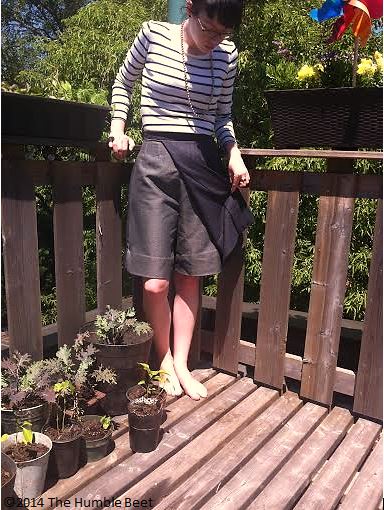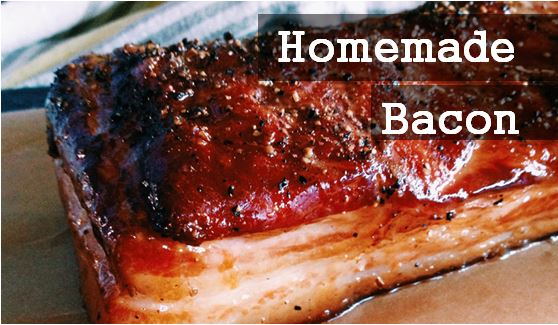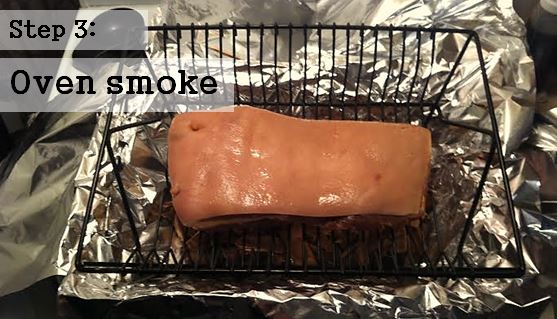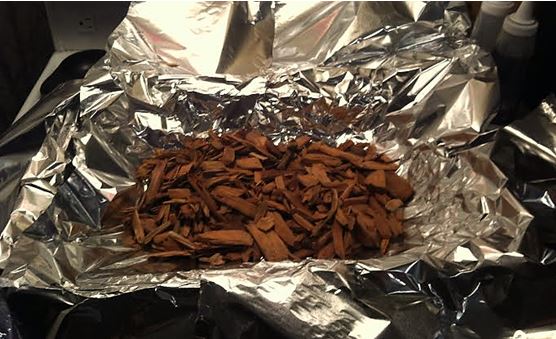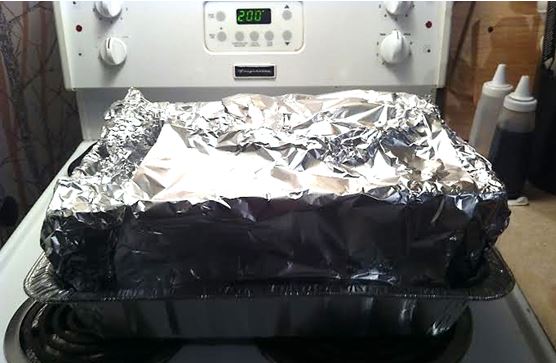
If too many cheesecake posts is wrong I don’t want to be right.
I realize it has been only a few short weeks since my last post about cheese-based confections, but my dear friend Sarah recently had a birthday, and what better way to celebrate one’s thirtieth voyage around the sun than by gluttonizing a deliciously creamy cheesecake? (Answer: none. There is no other way.)
This particular cheesecake is made of cream cheese and Greek yogurt, giving it a super velvety texture and slightly increased protein content (yay!). And it contains lemon zest and freshly squeezed lemon juice, which adds just a hint of citrus to your ever-discerning palate.
Here’s another fun fact about this cake: it’s a huge pain in the ass to make. If your heart is set on consuming this creamy treat (which I am personally burdened with at all times), be prepared to dedicate an entire afternoon to the feat. Or if you’re not one for time management, you can follow my approach and bake late into the evening and set an alarm to wake you up when it’s time to let the cake sit in a water bath, another when it’s time to let the cake cool, and another when it’s time to refrigerate.
The point I’m trying to make here is that I’ll only make this cake for you if I really, really like you. So far my friends Sarah and Cait have been the only ones to cross this threshold.
Just look how happy birthday girl Sarah is with her cake!
As far as I could tell, Sarah and the other birthday party compatriots seemed to really enjoy this lemony cake. (Although what kind of monster would outwardly expresses disgust at one’s baking efforts?)
Here’s the recipe for this deliciously time-consuming cheesecake and the ultimate way to say “Hey. I really like you”:
Ingredients
Crust:
- 1 3/4 cups graham cracker crumbs
- 3 tbsp sugar
- 1/2 tsp salt
- 1/4 cup butter, melted
Filling:
- 32 oz cream cheese, room temperature
- 1 1/3 cups sugar
- 1/2 tsp salt
- 2 tsp vanilla extract
- 4 whole eggs, room temperature
- 1 1/3 cups plain Greek yogurt
- 1 whole lemon, zested and juiced
Method
- Preheat oven to 350°F
- Combine graham cracker crumbs, sugar, and salt. Slowly add butter and stir until crumbs are well coated.
- Grease a 9×3″ springform pan and cover the bottom and sides with a double layer of aluminum foil.
- Press graham cracker crumbs evenly into the bottom of the pan.
- Bake crust for 10 min and set aside to cool.
- Reduce oven to 325°F
- Bring a kettle of water to a boil.
- In a electric mixer or food processor, beat cream cheese at medium speed until smooth, about 5 minutes.
- Slowly add sugar, salt, and lemon zest while continuing to beat the cream cheese. Scrape down the sides of the mixer and beat another 5 minutes on medium speed.
- Add vanilla.
- Add eggs one at a time, beating for 1 minute between each and scraping the sides of the mixer before adding additional egg.
- Turn mixer on low and add Greek yogurt and lemon juice. Mix until blended and smooth.
- Place the aluminum-foil wrapped pan in a larger pan, ensuring there is some space between the larger pan and the foil-wrapped pan.
- Pour cake filling in the springform pan and place in the oven.
- Pour boiling water halfway up the sides of the springform pan.
- Bake for 1 hour 30 minutes. Turn off the oven and prop the door open. Allow cheesecake to sit in the waterbath for an additional hour.
- Remove pan from oven and carefully remove the aluminum foil.
- Allow cheesecake to cool to room temperature.
- Cover cheesecake and refrigerate overnight.






